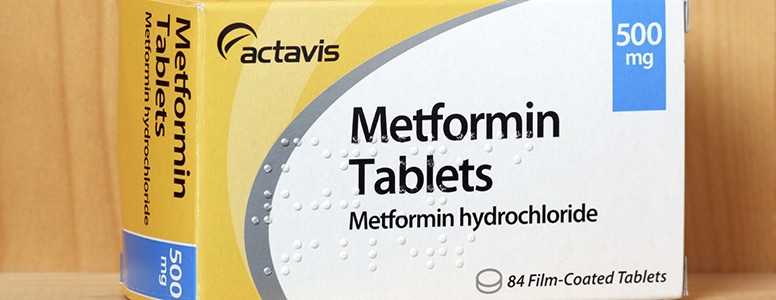The use of metformin as a first treatment for type 2 diabetes has risen by almost 30 per cent over an 11-year period, according to a study of more than one million Americans.
Researchers from Australia’s Queensland University of Technology say initial use of the medication increased from 60 to 77 per cent between 2005 and 2016.
Sulphonylureas are still the most popular second treatment option despite prescriptions going down from 60 to 46 per cent, the study found. But the research published in the Diabetes Care journal also showed use of the drugs as the first treatment went down from 20 to eight per cent.
The use of insulin as a second medication on the back of metformin went up from seven to 17 per cent during the period, while use of DPP-4 Inhibitors (gliptins) as a second-line treatment jumped from 0.4 to 21 per cent.
After an average of 3.4 years, 48 per cent of people given metformin as a first treatment went onto a second drug, with their HbA1c at 68 mmol/mol (8.4%), the researchers said.
The conclusions were based on information from an American database called the Centricity Electronic Medical Records, with records examined from 1,023,340 people with type 2 diabetes aged between 18 and 80 given any initial medication for the condition and 357,482 people given a second treatment following metformin.
“Despite the introduction of newer therapies, sulphonylureas remained the most popular second-line agent, and the rates of intensification with sulphonylureas and insulin remained consistent over time. The incretin-based therapies were associated with a small delay in the need for therapy intensification compared with sulphonylureas.”
Benedict Jephcote, Editor of Diabetes.co.uk, said: “Whilst sulphonylureas are effective at reducing blood sugar levels, they drive up insulin levels. This in turn makes insulin resistance worse, increases weight gain and leads to a greater risk of wider health problems. It is therefore a positive sign that use of metformin is helping to replace prescriptions of sulphonylureas within the US now.”
A primary aim of putting type 2 diabetes into remission is coming off medication, and our Low Carb Program has helped thousands of people achieve this through making healthy dietary changes. The program has welcomed more than 250,000 users and 60 per cent of people with type 2 diabetes have stopped using insulin following the program.
What's new on the forum? ⭐️
Get our free newsletters
Stay up to date with the latest news, research and breakthroughs.








